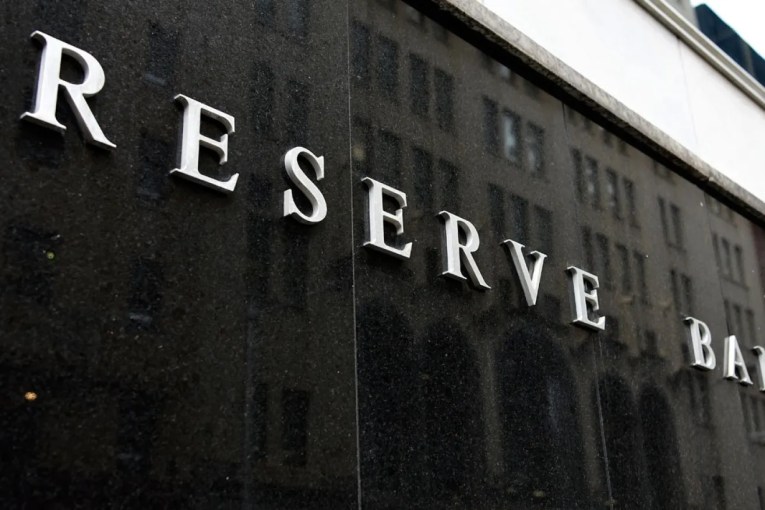Christmas lunch: Foods that do, and don’t, eat into your budget

Christmas lunch is going to cost more this year with soaring inflation.
But not everything has gone up in price, so those who get creative with salads and dessert plates can avoid the worst of the lunch squeeze.
Figures published by Deakin University have revealed the products that have decreased in price in the past year, although there aren’t many.
Strawberries, iceberg lettuce, zucchini and tomatoes are cheaper this Christmas than last, with each product falling in price by at least 9 per cent across the major supermarkets.
Pineapples are also much cheaper, with prices falling a massive 40.8 per cent during the year from $4.90 last November to $2.90 this year.
But that’s where the savings end. Almost everything else across the fruit and vegetable section of the supermarket will be more expensive amid the worst cost-of-living crisis Australians have suffered in a generation.
Deakin data shows apples, watermelons, cherries, peaches, grapes, avocados, onions, cucumbers and spinach are all pricier this year than last – and in some cases the increases are huge.
Apricots, for example, were going for $7.90 a kilogram before Christmas last year. This year they’ll cost families $12.93 per kilogram.
Popular holiday proteins are also going to cost more – chicken, prawns and pork are all pricier. Roast chickens are about $1.40 more expensive.
Though, as TND has revealed, Christmas leg ham prices haven’t risen at major chains, which should help take the edge off high costs.
Floods, energy prices drive up costs
The rise in food prices before Christmas has been a long time coming, with repeated floods across much of Australia’s east coast farmlands hammering producers of cherries, apricots and peaches.
It has become more expensive to transport food from farms to supermarket shelves because energy costs rose sharply in 2022, caused by higher oil prices and skyrocketing electricity and gas costs.
ABS figures for the September quarter show food prices have been among the hardest hit as inflation has risen, with fruit and vegetable prices rising by 9 per cent in annual terms.
Meat and seafood prices also increased, up 8 per cent annually.
National food strategy needed
Australia needs a national food strategy to combat economic disadvantage exacerbated by high food prices, Deakin University food prices expert Christina Zorbas said.
Currently one in six Australians are struggling with food insecurity, while the figure is one in five for First Nations people, Dr Zorbas said.
Helping people eat healthily is cost effective in the long term as it will combat rising rates of obesity, diabetes and heart disease, she said.
“There is a lack of national policy commitment to building a more robust food system that supports the health of every Australian,” Dr Zorbas said.
“There are no public health policies that stop food prices from continuing to go up or that guarantee healthy diets will be affordable for everyone.
“Many other countries are taking action. Australia is falling behind.”










